Crispy cucumbers - one of the most favorite pickles of our people. The winter harvesting habitual for everyone is in fact the result of a long and painstaking work. Few people know that the quality of the dish is affected not only by the correctly prepared brine, but also by the variety of vegetables used.
The best varieties of cucumbers for winter salting have their own characteristic features, ranging from appearance to taste characteristics. The famous cucumber crunch is impossible to achieve using unsuitable vegetables for pickling. Salted vegetables can be grown in open soil and greenhouses. Guided by the basic rules for making pickles, even an inexperienced housewife will be able to cook delicious crispy cucumbers.
Content
The choice of cucumbers for pickling in shape and appearance
All known varieties can be divided into 3 types:
- Universal. They are used both for preservation and for use in raw form.
- Salting. They are characterized by rough pimpled skin, which chews poorly in fresh form, but completely transforms under the action of brine.
- Salad. They are distinguished by a special type of peel, which does not let the brine pass into the pulp.
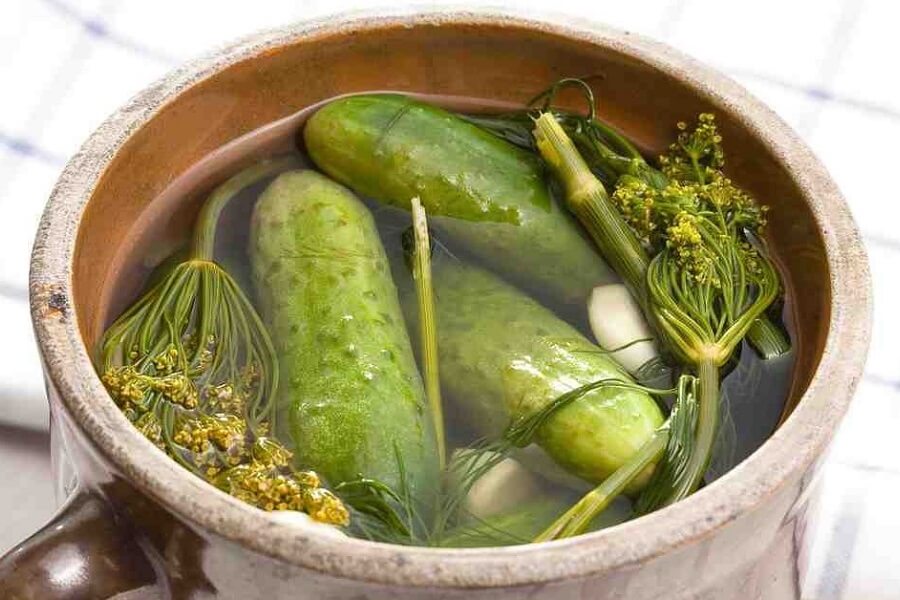
Their flesh retains elasticity and crispness over a long period of time. As a rule, they meet the following external characteristics:
- cylindrical shape;
- dark green color with pale stains or stripes;
- dense skin;
- strongly tuberous surface (it is the tubercles that provide the famous cucumber crunch);
- dark, almost black, spikes.
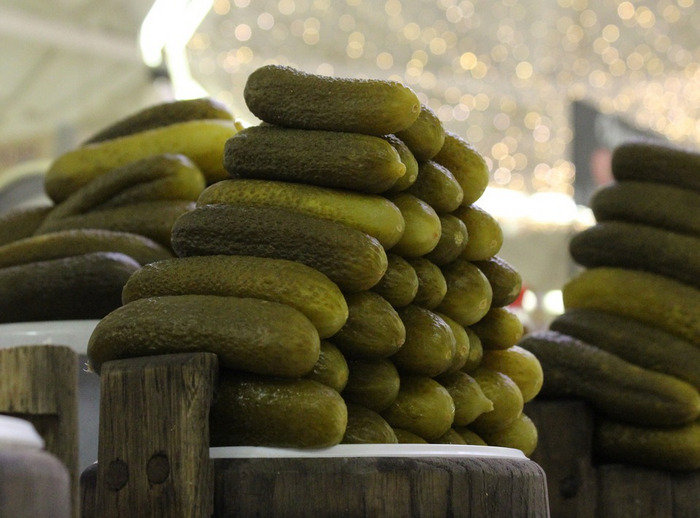
For salting, small-fruited varieties are preferably used. Such cucumbers are easier to place and remove from salting containers. In addition, there are much more small fruits that can be stored, which saves dishes and brine. Large cucumbers are more watery, less crunchy.
Hybrids should be highly productive. Moreover, it is desirable to use such varieties, the fruits of which ripen almost simultaneously. Thus, you can save a lot of time, because canning is a lengthy process, and it is much easier to do everything at once than to stretch pleasure for weeks.
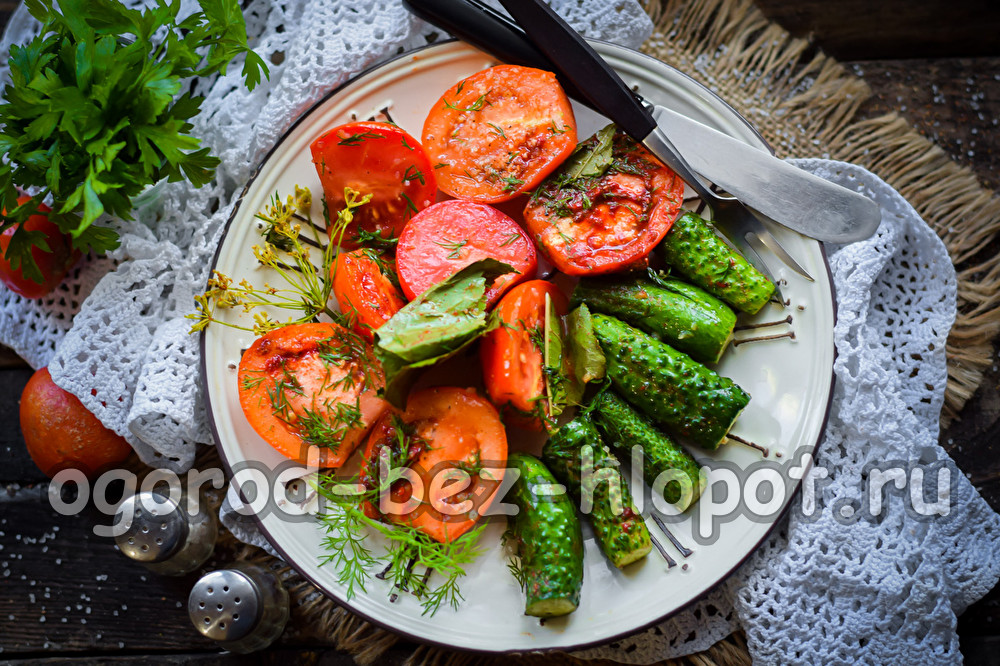 You may be interested in:
You may be interested in:Another important point when choosing a variety for salting is the taste of cucumbers. If the variety is bitter in its raw form, after salting, bitterness will only intensify. Therefore, for pickles, only those varieties are selected whose fruits are completely bitter.
The best varieties of cucumbers for pickling for the winter
Not all varieties are suitable for the preparation of pickles. It is worth remembering the distinguishing features of the most common hybrids suitable for salting.
Grown in the open ground
Of plants grown in open areas, preference is given to such varieties:
- Barrel pickling. The variety is characterized by increased productivity. Resistant to various diseases, including anthracosis. Fruits of green color with hardly noticeable whitish stripes. The surface is very rough. Taste without bitterness.
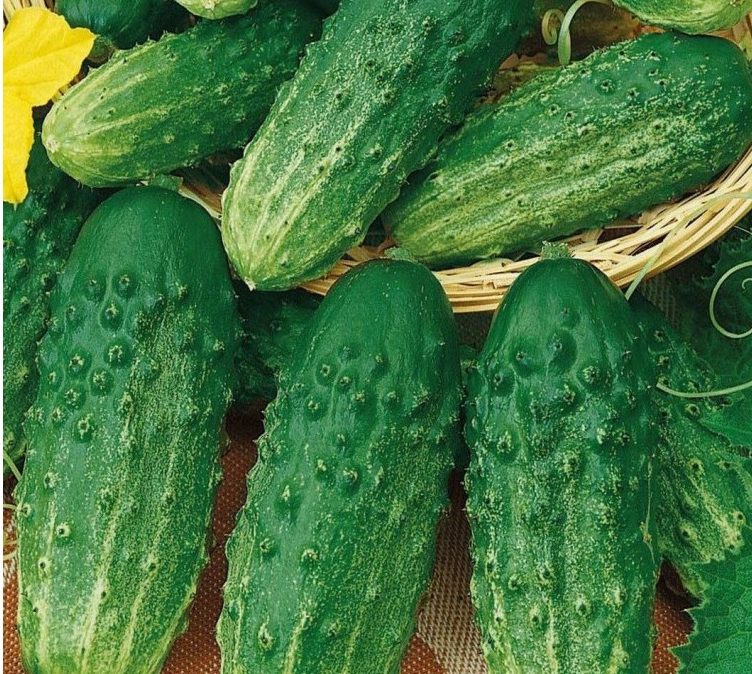
Barrel pickling - Far Eastern.The hybrid belongs to mid-season cucumbers. It has good natural immunity. Fruits are painted in light green. There are white stripes. The tubercles are rare, but large. There is no bitterness.
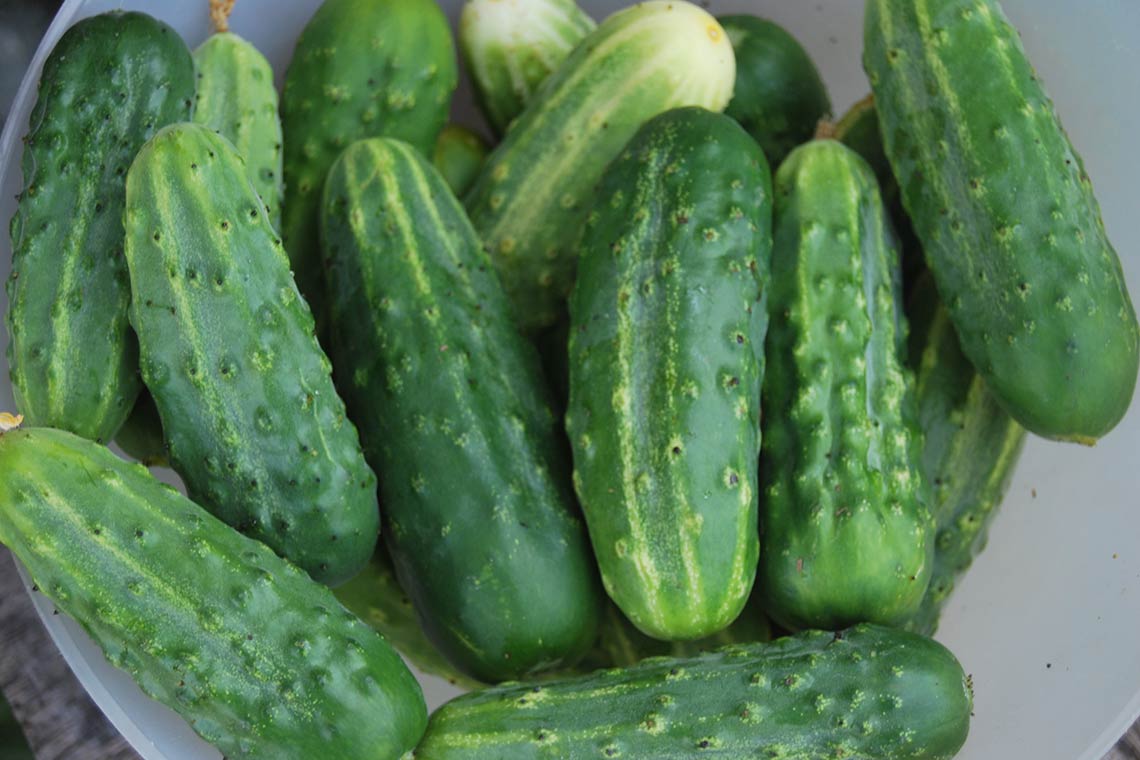
Far Eastern - Ambiguous F1. Late ripe hybrid with bright green fruits, covered with weakly expressed light stripes. The tubercles are strongly protruding. The taste is pleasant, without bitterness.
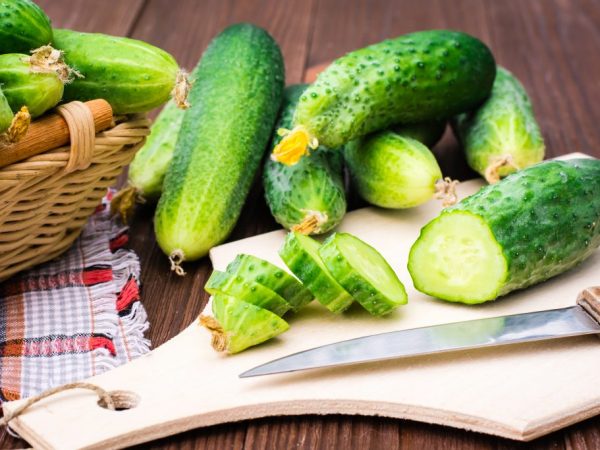
Ambush F1 - Zozulya F1. A high-yielding variety that belongs to the category of early ripe cucumbers. Resistant to viral infections. Fruits of bright green color with a small number of tubercles.
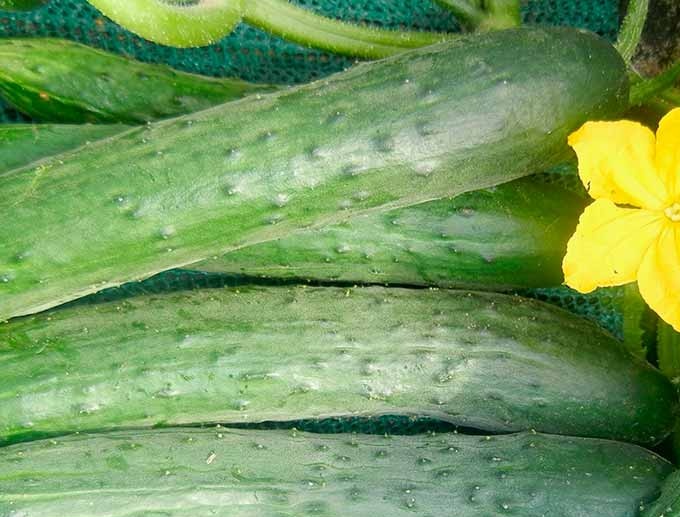
Zozulya F1 - Parisian gherkin. Mid-ripening plants in which pollination by bees. It is characterized by high fruiting. Resistant to a large number of cucumber diseases. The hybrid is not affected by the mosaic virus. Dark green cucumbers with pronounced tubercles have excellent taste.
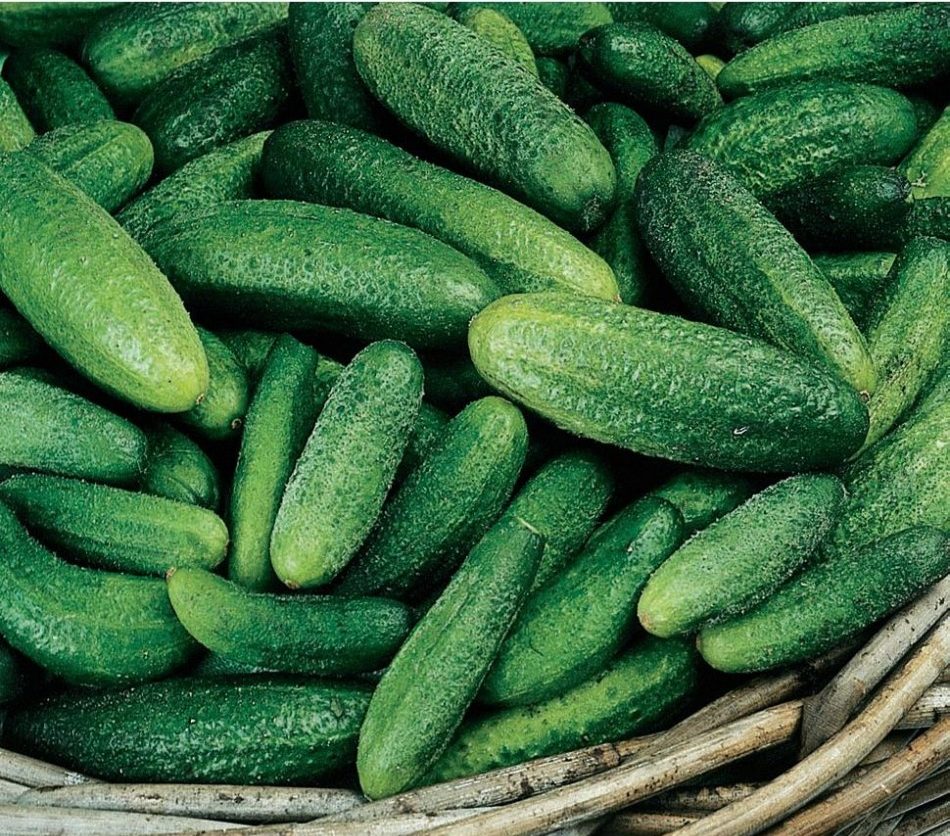
Parisian Gherkin - Fontanel F1. Mid-early cucumbers pollinated by bees. The variety is resistant to disease and weather conditions. Fruits are bright green, with longitudinal whitish stripes reaching the middle. The tubercles are weakly expressed.
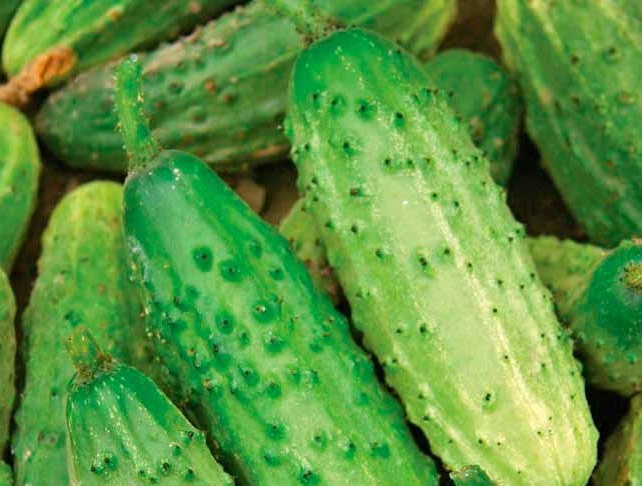
Fontanel F1 - Phoenix. It is highly resistant to various diseases and adverse environmental conditions. Fruits are painted in a juicy shade of green with pronounced white stripes. The surface is abundantly covered with large tubercles.
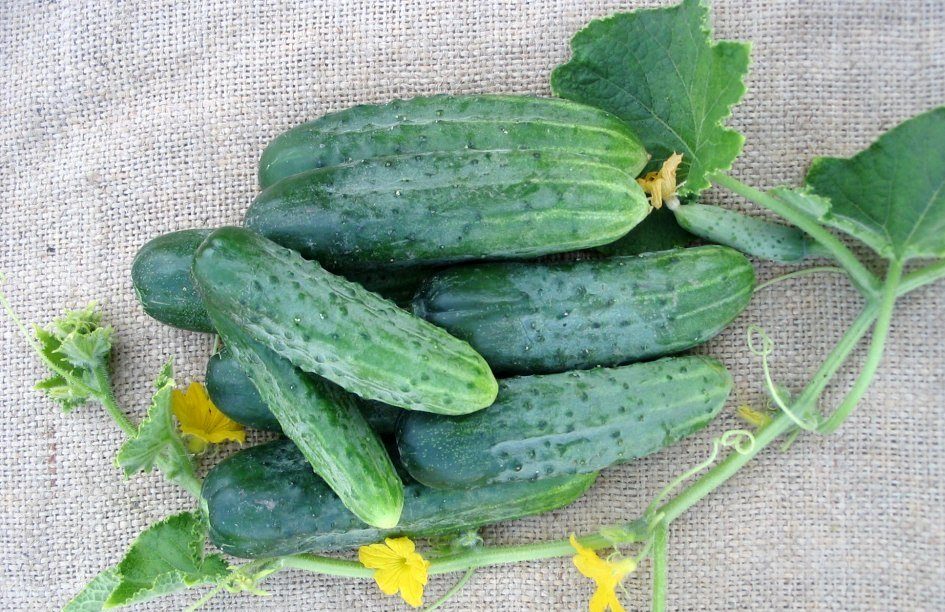
Phoenix
The hybrids listed above have the following anatomical characteristics:
| Grade name | Vegetation period, days | Maximum length, cm | The maximum mass, g | Fertility of the unit. |
|---|---|---|---|---|
| Barrel pickling | 41-45 | 11 | 95 | 2 |
| Far Eastern | 45-55 | 13 | 130 | 3 |
| Ambush F1 | 58-60 | 13 | 120 | 2 |
| Zozulya F1 | 35-40 | 22 | 300 | 3 |
| Parisian Gherkin | 35-40 | 11 | 120 | 3 |
| Fontanel F1 | 50-60 | 10 | 100 | 3 |
| Phoenix | 51-64 | 16 | 190 | 2 |
The most popular among housewives is the Parisian gherkin.
Greenhouse
The following hybrids are considered the most suitable for salting greenhouse varieties:
- Funny boys. Early ripening variety, which is characterized by high productivity. Resistant to a number of common diseases. Dark green cucumbers with short stripes are covered with frequent strongly protruding tubercles.
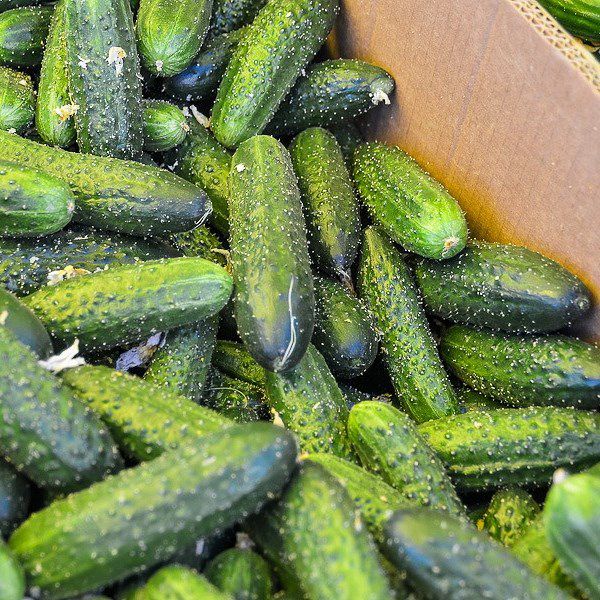
Funny boys - Herman F1. The variety is characterized by high fruitfulness and early ripening. Large-tuberous vegetables have a pleasant taste without bitterness.
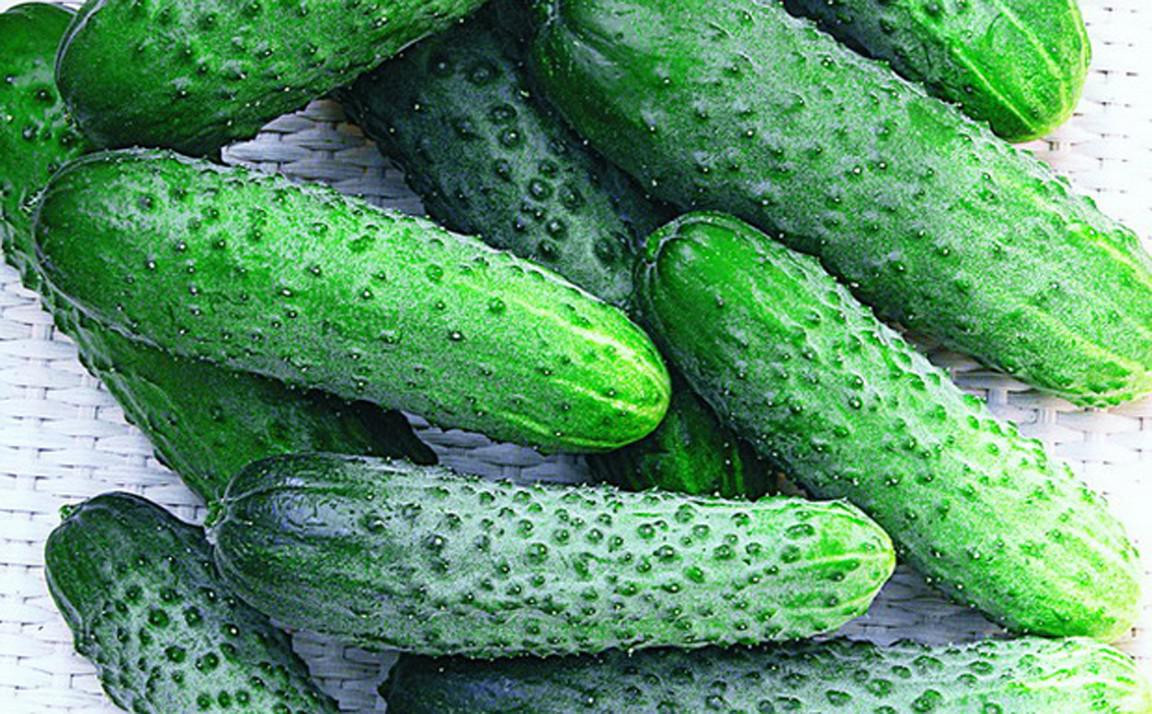
Herman F1 - Courage F1. Early ripening hybrid with increased fruiting. Light green fruits with often located tubercles are covered with white spines. Cucumbers are very fragrant and completely devoid of bitterness.
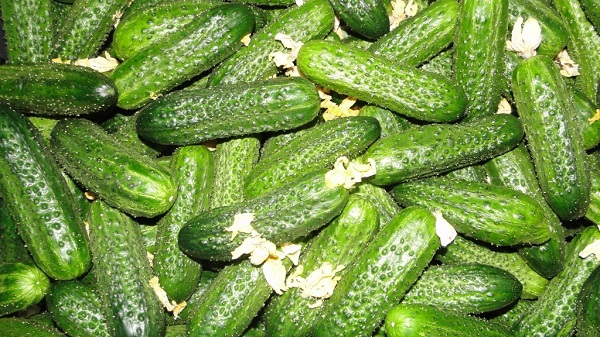
Courage F1
The above varieties have the following characteristics:
| Grade name | Vegetation period, days | Maximum length, cm | The maximum mass, g | Fertility of the unit. |
|---|---|---|---|---|
| Funny guys F1 | 45 | 10 | 90 | 3 |
| Herman F1 | 45 | 10 | 100 | 7 |
| Courage F1 | 36-44 | 16 | 140 | 10 |
Special attention should be paid to the Crispy variety bred specifically for pickling by breeders. The fruits have a fusiform shape. Thanks to a combination of coarse peeled skin and compacted pulp, Cucumber cucumbers retain elasticity even after a year.
The hybrid is resistant to most common diseases, including incurable bacteriosis. The fruits are very lumpy. They are painted bright green with a predominance of dark shades. Along the fetus there are vertical whitish stains.
The fruits ripen on the 56-65th day after planting. Their length does not exceed 10 cm, weight - 120 g. Up to 3 cucumbers can form on one node.
General rules and best ways to pickle cucumbers for the winter
Salting rules can be summarized in the following theses:
- Do not use overgrowths.
- It is preferable to use fruits up to 5-7 cm in length.
- It is best to salt freshly picked vegetables.
- Cucumbers purchased on the market are pre-soaked in cold water.
- For uniform salting out, fruits of the same size are stacked in 1 container.
- Hooked and yellowing specimens are rejected.
- For pickles, do not use soft, damaged or rotten vegetables.
- Only coarse rock salt may be used.
- The amount of garlic in the brine should be minimal.
- The proportions of the preparation of the brine must be strictly observed, otherwise the pickle may become sour and become unusable.
Pickles Recipes so diverse that it’s almost impossible to single out one and call it classic.
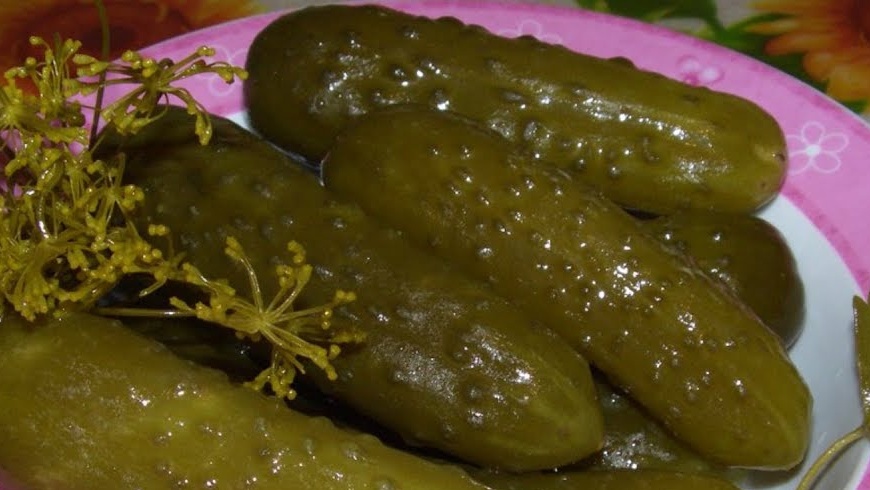
The salting process consists of the following stages:
- Washed cucumbers are laid out in sterile jars. The fruits should be placed tightly, but so that the brine bathes them from all sides.
- To prepare the brine, salt is thrown into boiling water. Salt consumption per 1 liter of water is 1 tbsp. l without a slide.
- Cucumbers are poured with boiling brine, rolled up with lids.
- Hot cans are turned upside down and wrapped in a warm blanket. In this position, they remain until completely cooled.
- The cooled banks are turned upside down and sent for storage to the cellar.
In addition to cucumbers, you can also add horseradish leaves, blackcurrant, cherry, as well as peppercorns, grass or dill umbrellas, garlic, and oak bark.
To store pickles under ordinary conditions, 1–2 tbsp. l salt. Cucumbers must be additionally treated with boiling water. For this, already filled cans are poured with boiling water, kept for 5-10 minutes and drained through a special lid with drain holes. The procedure is repeated 2-3 times.
Some housewives add vinegar and sugar to the brine. But many protest against this, since the taste of this pickle is more reminiscent of pickled fruits.
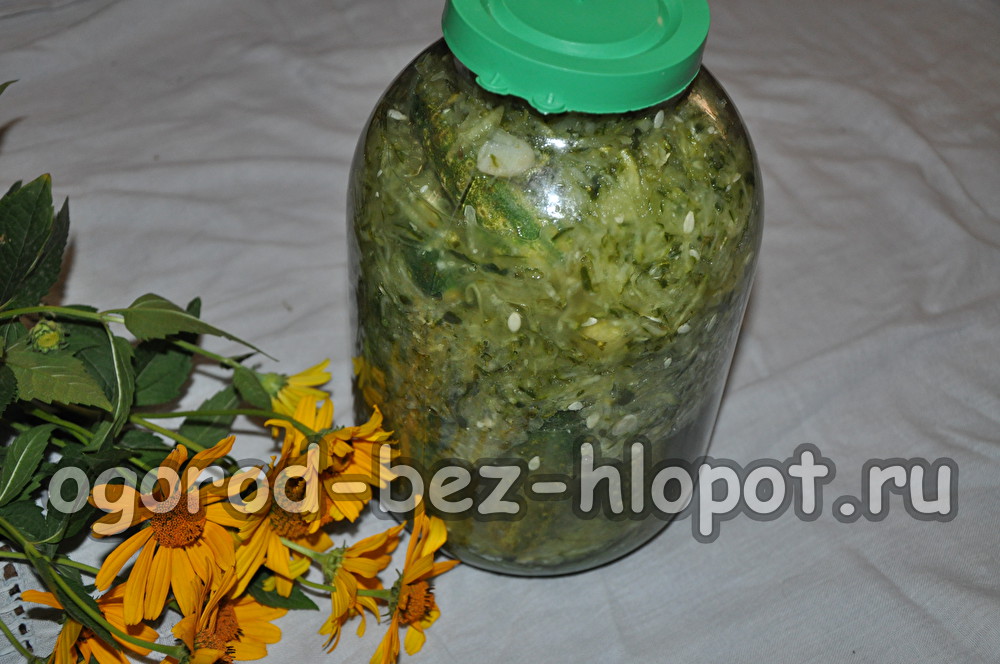 You may be interested in:
You may be interested in:Common Growing Questions
Pickles are an invariable dish of winter feasts. But not all cucumbers are suitable for their preparation. It is worth choosing only those that are specifically designed for this, then winter stocks will be tasty and bring only pleasure.

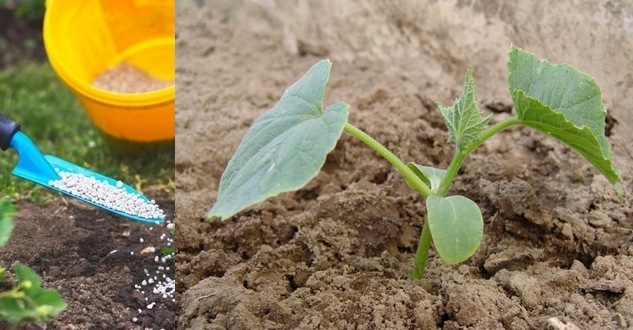
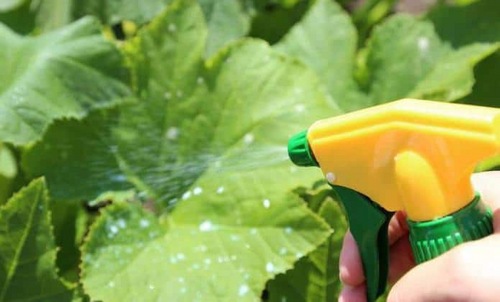
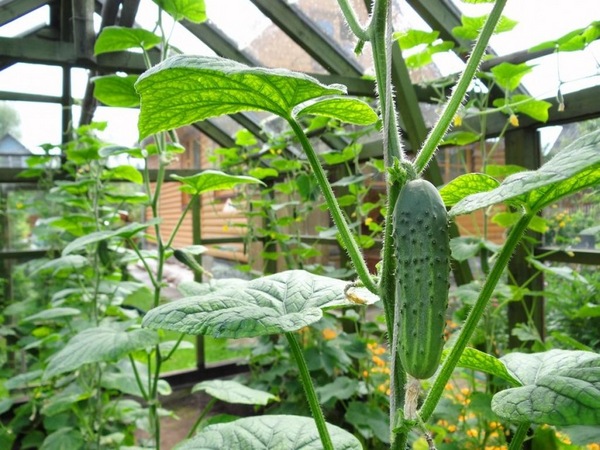
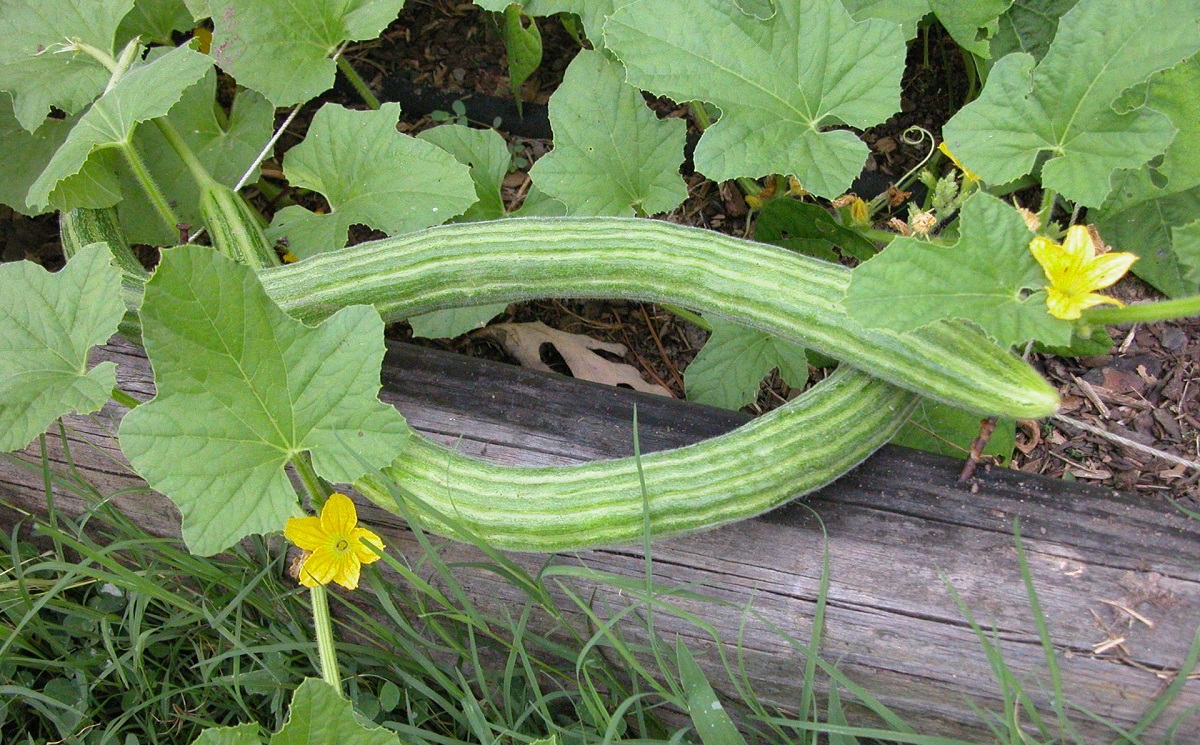 Armenian cucumber with melon flavor: description and characteristics, reviews
Armenian cucumber with melon flavor: description and characteristics, reviews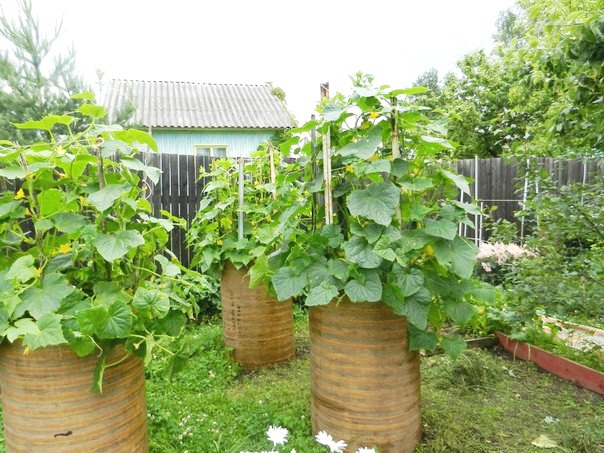 Do-it-yourself vertical beds for cucumbers: schemes, photos
Do-it-yourself vertical beds for cucumbers: schemes, photos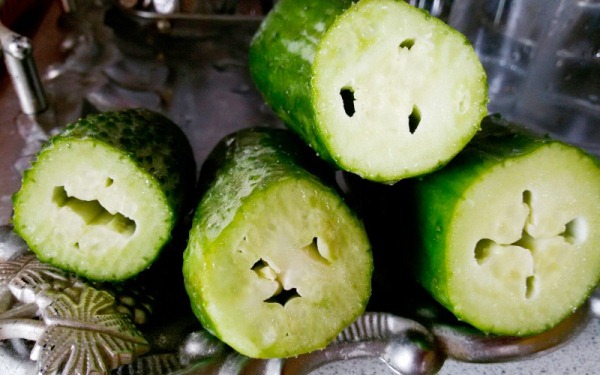 Hollow cucumbers: reasons for the appearance of hollow, what to do
Hollow cucumbers: reasons for the appearance of hollow, what to do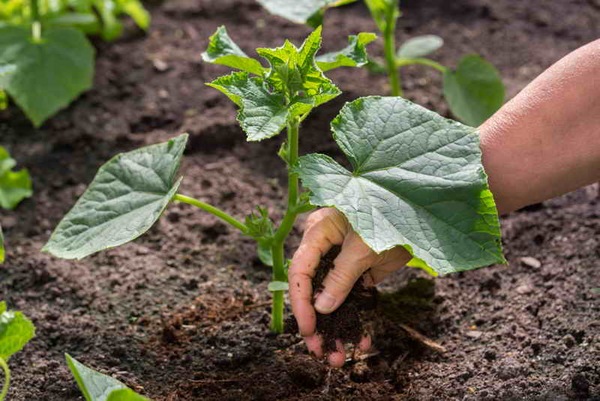 Which manure is best for cucumbers: application, how to breed
Which manure is best for cucumbers: application, how to breed